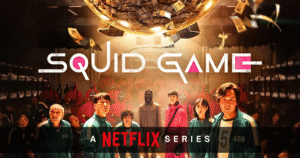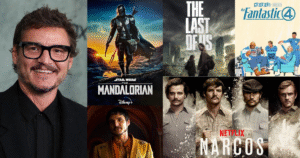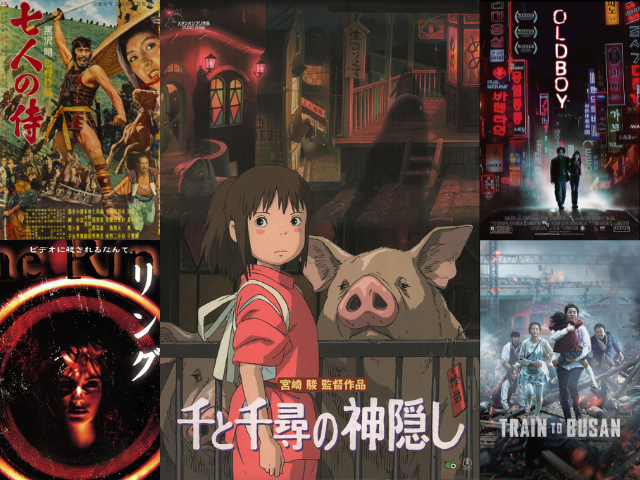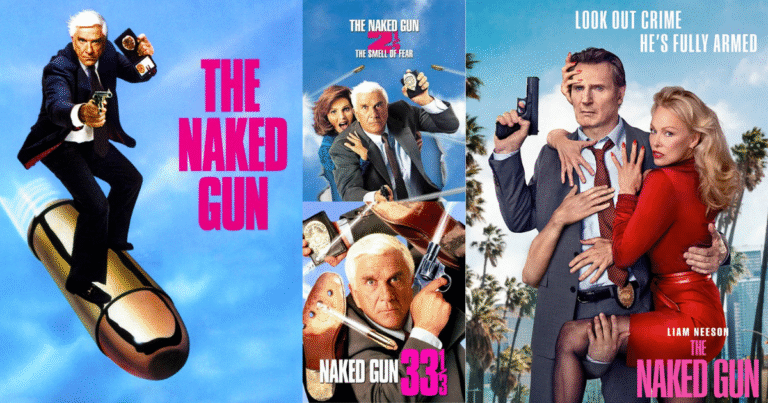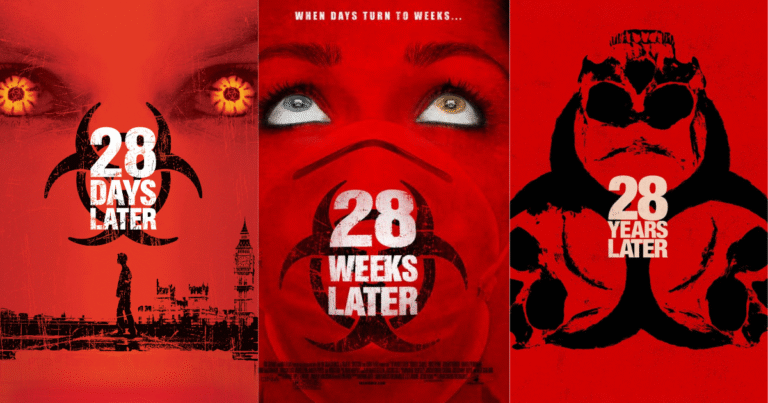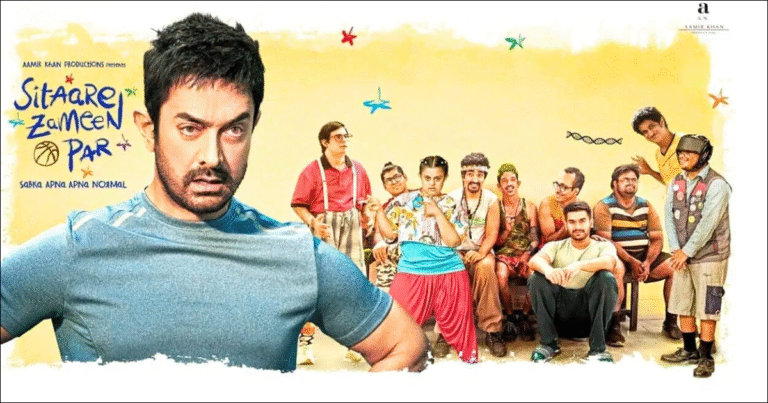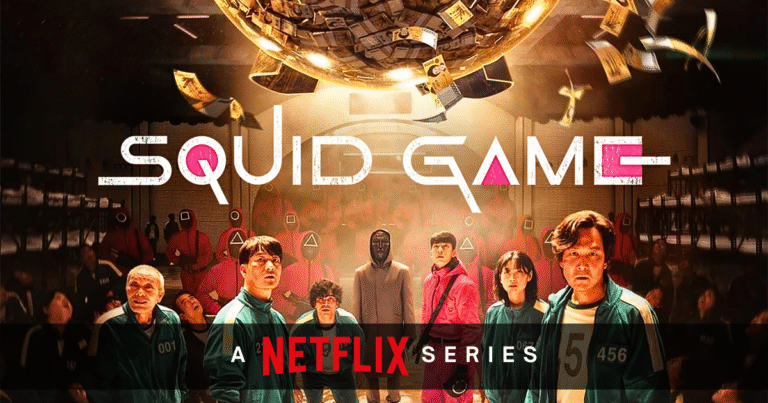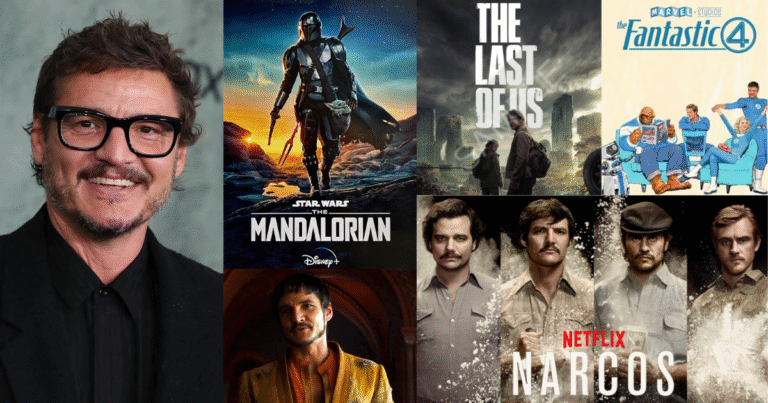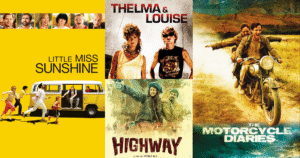Hollywood may be the most famous film industry in the world, but it has learned a lot from Asian cinema over the years. From action and drama to storytelling and visuals, Asian films have quietly but deeply shaped the way movies are made in the West.
Today, many Hollywood films are inspired by Asian stories, styles, and directors. And some of the biggest names in filmmaking openly say they admire the work coming out of countries like Japan, China, South Korea, India, and others.
In this article, we’ll explore how Asian cinema has influenced Hollywood in exciting and powerful ways.
Martial Arts and Action Movies
Let’s start with martial arts. Before Bruce Lee and Jackie Chan hit international screens, Hollywood fight scenes were stiff and simple. Asian films brought a new level of energy, speed, and skill to action movies.
Bruce Lee’s Enter the Dragon in 1973 changed everything. It introduced martial arts to a global audience. Hollywood quickly took notice. Soon, action stars like Chuck Norris and Jean-Claude Van Damme were adding martial arts to their roles. Movies like The Matrix used fight choreography directly inspired by Hong Kong cinema.
Director Quentin Tarantino is a huge fan of Asian action films. His movie Kill Bill is filled with references to Chinese kung fu films and Japanese samurai stories. Even superhero films today owe a lot to the style and rhythm of Asian fight scenes.
Visual Storytelling and Symbolism
Asian cinema is also known for its strong visual language. Directors like Akira Kurosawa (Japan) and Wong Kar-wai (Hong Kong) use light, shadow, and slow pacing to build mood and emotion. Their scenes often speak without words.
Kurosawa’s influence is especially big. His 1954 film Seven Samurai was remade in Hollywood as The Magnificent Seven. George Lucas also said that Kurosawa’s The Hidden Fortress helped him shape Star Wars.
Wong Kar-wai’s In the Mood for Love has influenced many Hollywood directors with its color, mood, and storytelling style. You can feel his touch in films like La La Land and Her.
Asian directors focus more on feeling than just plot. Hollywood is starting to adopt this slower, more thoughtful way of telling stories.
Themes of Family and Duty
Asian stories often explore deep themes like family duty, respect for elders, and sacrifice. These ideas are now seen more often in Western films.
Take The Farewell (2019), directed by Lulu Wang. It’s a story about a Chinese-American woman returning to China to say goodbye to her grandmother. The film showed the cultural difference in how families handle death and emotion. It was a hit with audiences around the world.
Similarly, Everything Everywhere All at Once (2022), a sci-fi comedy-drama about a Chinese-American family, won several Oscars. It mixed wild imagination with themes of identity, immigration, and mother-daughter bonds. This film would not have existed without the influence of Asian storytelling.
Horror Films with a Psychological Edge
Hollywood horror used to be all about monsters and gore. But Asian horror films, especially from Japan and South Korea, brought something new, fear from emotion, silence, and suspense.
Movies like Ringu (Japan) and A Tale of Two Sisters (South Korea) showed that horror can be quiet but powerful. These films focus on ghosts, grief, and trauma in everyday life. The Hollywood remake of Ringu became The Ring, a big box office success. It opened the door for more Asian horror remakes in the U.S., such as The Grudge and Dark Water.
Asian horror makes the viewer think, not just scream. That’s now common in Hollywood horror hits like Get Out and Hereditary.
Anime and Its Global Reach
Japanese animation, or anime, has had a huge influence on Hollywood too. Films by Studio Ghibli, like Spirited Away and My Neighbor Totoro, are loved worldwide for their emotion and imagination.
Anime shows like Dragon Ball Z, Naruto, and Attack on Titan have shaped how action and fantasy are shown on screen. Directors like the Wachowskis (The Matrix) and James Cameron (Avatar) have said anime inspired their work.
In recent years, Hollywood has tried to remake anime stories. Some attempts, like Ghost in the Shell, didn’t do well. But they show how much anime matters in pop culture.
Korean Wave and the Rise of K-Cinema
Korean cinema has had a big impact in the past 20 years. Films like Oldboy, Train to Busan, and The Handmaiden showed the world that Korea has strong storytelling skills.
Then came Parasite (2019), directed by Bong Joon-ho. It was the first non-English film to win the Oscar for Best Picture. It talked about class, family, and survival in a way that crossed borders.
Hollywood can’t ignore Korean cinema now. It’s fresh, bold, and unafraid to take risks.
Asian Directors in Hollywood
Today, many Asian directors work directly in Hollywood. Ang Lee from Taiwan won Oscars for Brokeback Mountain and Life of Pi. Chloe Zhao from China won for Nomadland. Bong Joon-ho, mentioned earlier, is now one of the most respected filmmakers in the world.
These directors bring their culture, style, and point of view into Hollywood. They don’t just make “Asian films.” They tell human stories that connect with everyone.
What Hollywood Can Learn
Hollywood has always borrowed ideas from other cultures. But with Asian cinema, it’s more than just borrowing, it’s about learning to tell stories in new ways.
Here are some things Hollywood has learned:
- Emotion doesn’t always need big drama.
- Silence can speak louder than words.
- Stories about family, culture, and identity can be universal.
- Visual style is just as important as dialogue.
- It’s okay to take your time with a story.
Final Thoughts
Asian cinema has quietly changed the way Hollywood works. From martial arts to emotional storytelling, from anime to horror, its impact is everywhere. And as audiences become more global, this influence will only grow stronger.
Today, movie lovers across the world are watching Korean dramas, Japanese anime, Indian epics, and Chinese historical films. And Hollywood is paying attention.
In the end, cinema is a shared language. And Asian films have added richness, depth, and beauty to the way that language is spoken.
